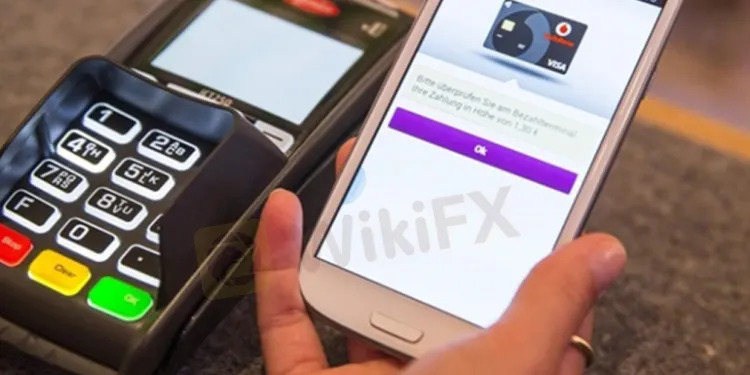简体中文
繁體中文
English
Pусский
日本語
ภาษาไทย
Tiếng Việt
Bahasa Indonesia
Español
हिन्दी
Filippiiniläinen
Français
Deutsch
Português
Türkçe
한국어
العربية
World Bank says COVID-19 sparked surge in financial inclusion globally
Abstract:The World Bank has stated that the COVID-19 pandemic sparked financial inclusion and led to a significant rise in digital payments. Three-quarters of adults now have a bank or mobile money account, as the gender gap in account ownership narrows, according to the Global Findex 2021 database.
The World Bank has stated that the COVID-19 pandemic sparked financial inclusion and led to a significant rise in digital payments.
Three-quarters of adults now have a bank or mobile money account, as the gender gap in account ownership narrows, according to the Global Findex 2021 database.

The pandemic has also led to increased use of digital payments. In low and middle-income economies (excluding China), over 40% of adults who made merchant in-store or online payments used a card, phone, or the internet did so for the first time since the start of the pandemic.
What they are saying
The Bank said, “As of 2021, 76% of adults globally now have an account at a bank, other financial institution, or with a mobile money provider, up from 68% in 2017 and 51% in 2011. Importantly, growth in account ownership was evenly distributed across many more countries. While in previous Findex surveys over the last decade much of the growth was concentrated in India and China, this years survey found that the percentage of account ownership increased by double digits in 34 countries since 2017.”
Bill Gates, the co-chair of the Bill and Melinda Gates Foundation, said, “The digital revolution has catalyzed increases in the access and use of financial services across the world, transforming ways in which people make and receive payments, borrow, and save”.
He added, “Creating an enabling policy environment, promoting the digitalization of payments, and further broadening access to formal accounts and financial services among women and the poor are some of the policy priorities to mitigate the reversals in development from the ongoing overlapping crises.”
According to the Bank, mobile money adoption in Sub-Saharan Africa has increased to the point where 33% of adults there now have a mobile money account, which is three times higher than the 10% global average.
A wage or government payment, a payment from the sale of agricultural goods, or a domestic remittance payment into an account are now received by about 36% of adults in developing economies.
According to the data, receiving money into an account as opposed to cash can encourage people to use the official financial system since 83% of those who received digital payments subsequently used those accounts to send money online.
Disclaimer:
The views in this article only represent the author's personal views, and do not constitute investment advice on this platform. This platform does not guarantee the accuracy, completeness and timeliness of the information in the article, and will not be liable for any loss caused by the use of or reliance on the information in the article.
WikiFX Broker
Latest News
Hackers Charged for $11M Crypto Theft Using SIM-Swaps
Role of Central Banks in the FX Market
FCA Alerts Against Sydney FX
What Makes Cross-Border Payments Easier Than Ever?
Trader Exposes Unethical Practices by STP Trading
Bitcoin Nears $100,000: A Triumph of Optimism or a Warning Sign?
Malaysian Man Loses RM113,000 in Foreign Currency Investment Scam
Mastercard Partners with JPMorgan for B2B Cross-Border Payments
FCA Identifies Clone Firm Exploiting Admiral Markets' Credibility
Coinbase Under Scrutiny Amid Wrapped Bitcoin Delisting Controversy
Currency Calculator


